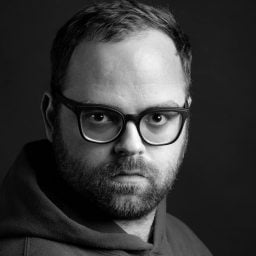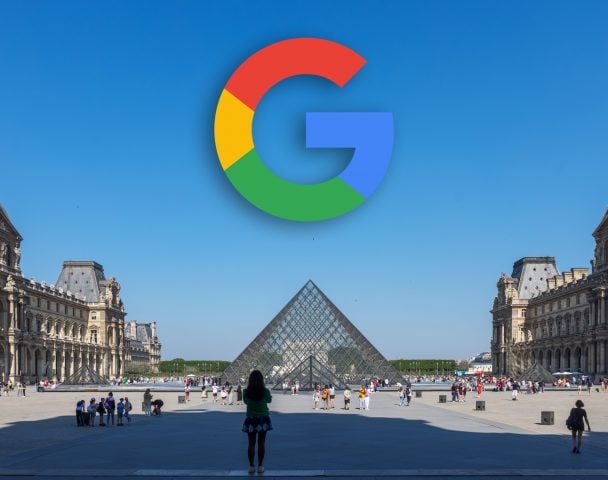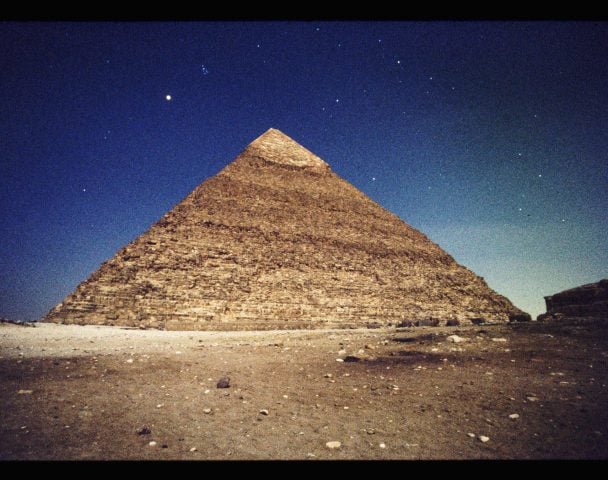Art & Exhibitions
The World’s Only Green Dinosaur Fossil Lands at L.A.’s Natural History Museum
The specimen gets its unique green color from the mineral celadonite.
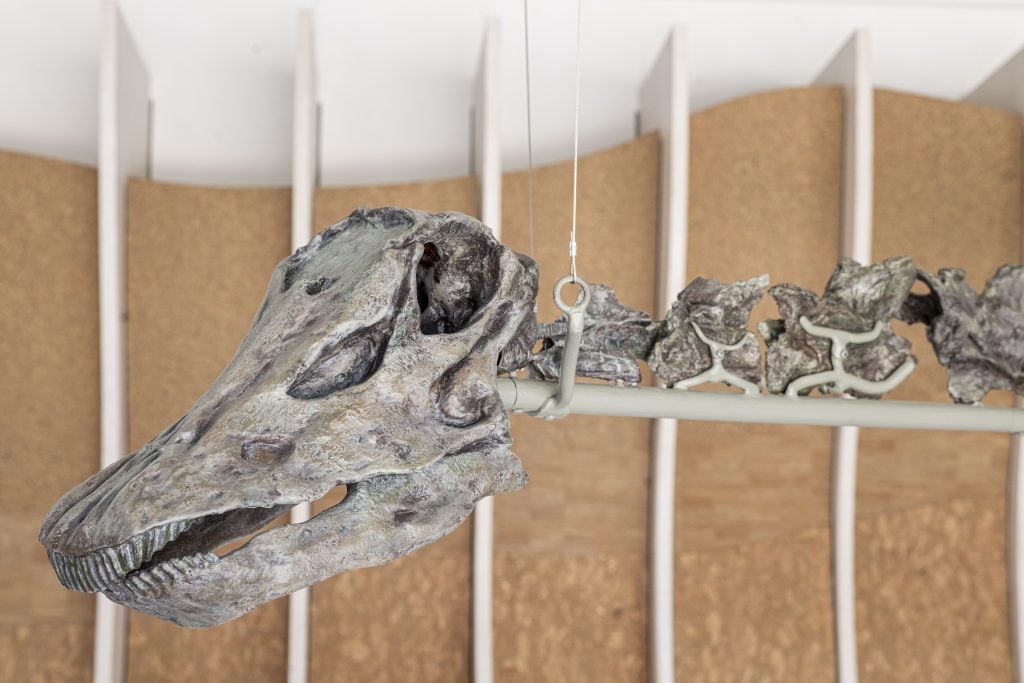
One of the world’s only green dinosaur fossils will soon go on view in a new wing of the Natural History Museum in Los Angeles.
“It’s pretty green. It’s not neon green. But it has a distinct green color… which is truly unique,” Luis M. Chiappe, the curator of the museum’s Dinosaur Institute, said in a phone interview. “There is no other dinosaur like that in the world.”
Gnatalie, measuring 75-feet long, is described as Diplodocus-like dinosaur—a typical dinosaur species in the same group as the famed Brontosaurus. It came from what the team calls the Gnatalie Quarry in southeastern Utah, not far from a town called Bluff. Chiappe said he believes Gnatalie is a new species, yet to be publicly named. “But the official name in the study has not been published,” he said. “So, at the moment, we’re just saying it is Diplodocus-like and leaving it at that.”
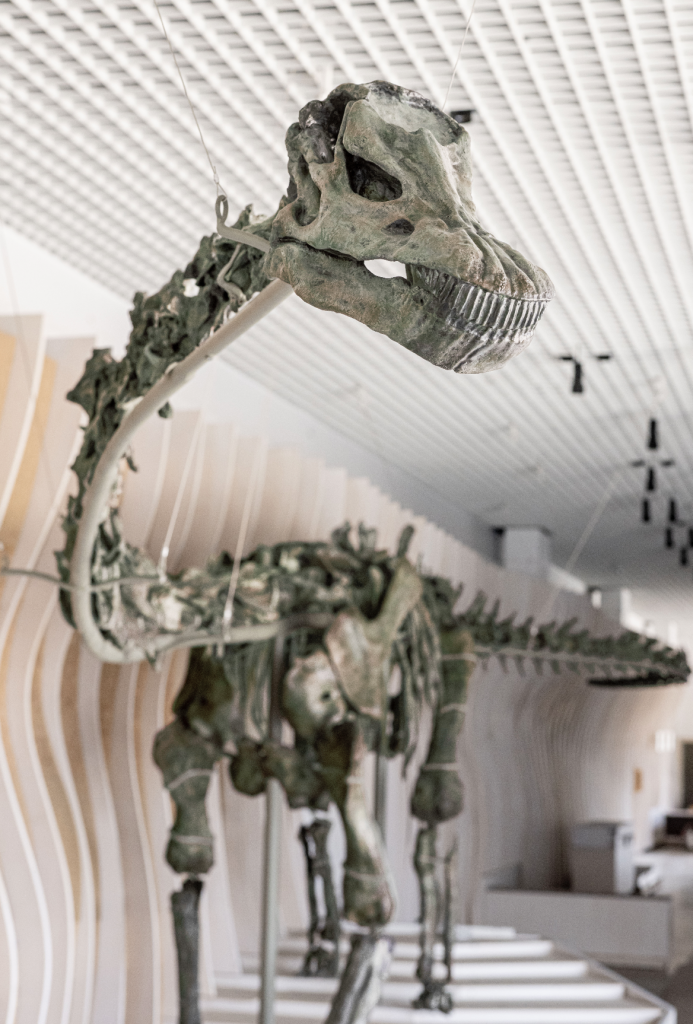
Gnatalie is seen mounted inside of a new wing at L.A.’s Natural History Museum. Photo courtesy of the Natural History Museum of Los Angeles County
The skeleton appears to be a mix between two well-known diplodocids, a family of dinosaurs in the sauropod group. In this case, the green dinosaur appears to be a mix between Barosaurus and Diplodocus.
“The neck is much more like Barosaurus, and the hip and the tail are more like Diplodocus,” Chiappe said. “So, we’re naming a new species.”
The specimens used in the Gnatalie mount were discovered in 2007, buried in what was a riverbed in Utah about 150 million years ago, during the late Jurassic period. Other specimens from other dinosaur species were also found at the site, in digs led by Chiappe.
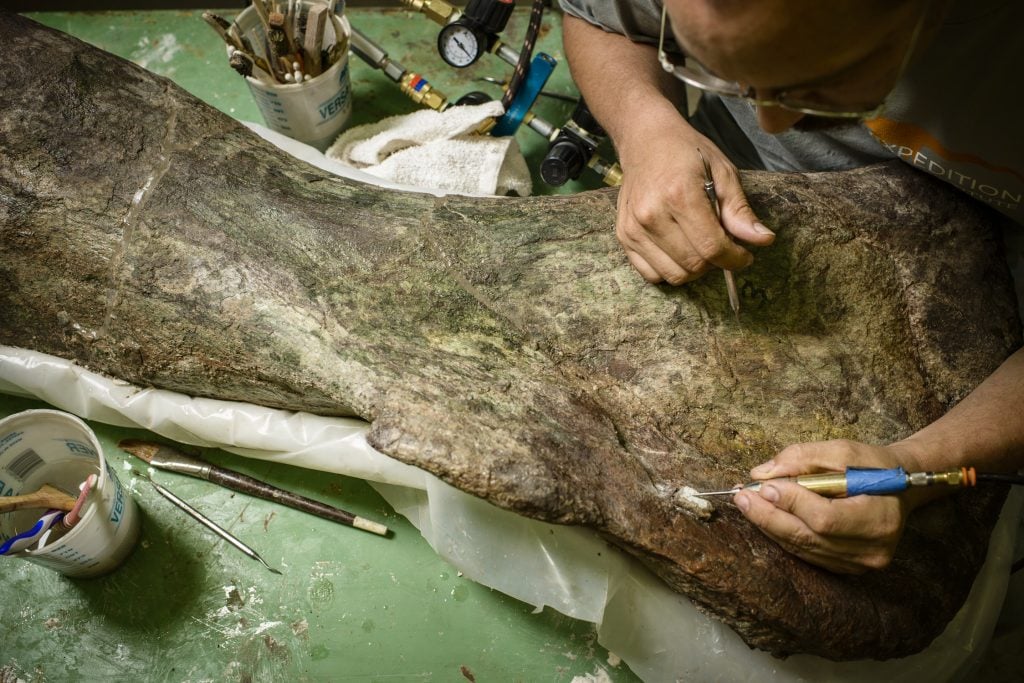
Preparators are seen working on Gnatalie. Photo courtesy of the Natural History Museums of Los Angeles County
To maximize the real bone in the skeletal mount, the paleontologists combined five or six specimens from the same species—but the bulk of the green dinosaur’s composition comes from two more-complete specimens. The Frankenstein-ed fossils all have a unique green color caused by the mineral celadonite infilling the bone during the fossilization process.
“By doing that, we end up with a mount that’s made of about 80 percent real bone. Otherwise, we would have had maybe 30 percent of a single individual of this species,” Chiappe said. “It’s what we call a composite and that’s something very typical of many dinosaur mounts around the world. Dinosaurs are very rarely found complete, particularly the big ones.”
He added that the Natural History Museum believes in authenticity and wants to show museum-goers the real thing, rather than replicated parts. Still, there’s about 20 percent of replica bones in the mount because the team didn’t have the pieces needed to complete it.
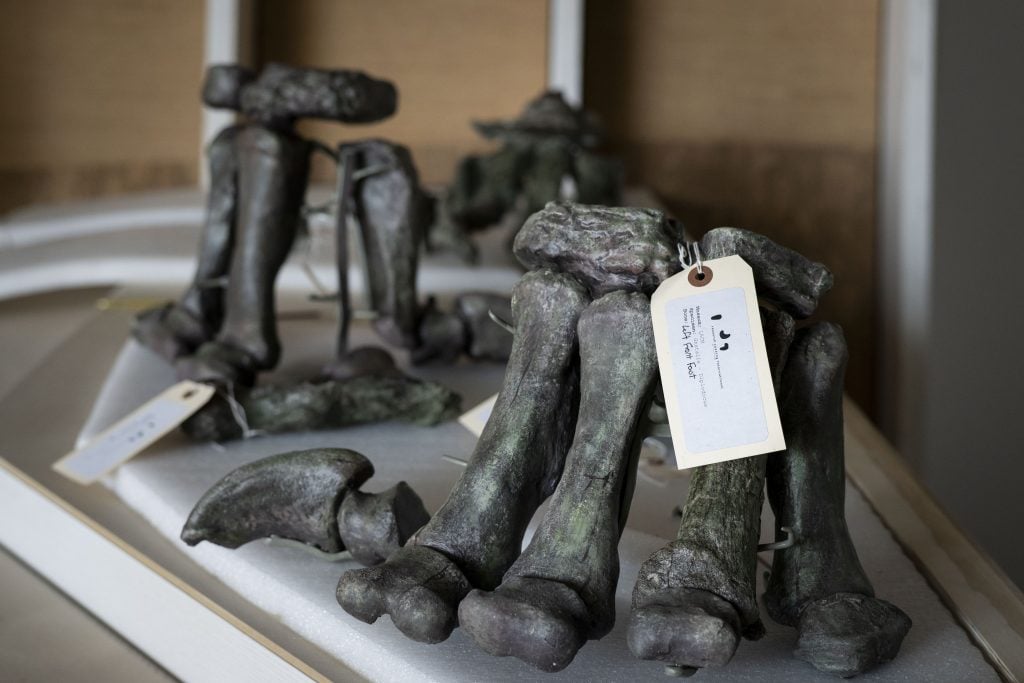
Gnatalie’s feet are seen at their arrival and installation. Photo courtesy of Natural History Museums of Los Angeles County
And though the name Gnatalie implies the dinosaur is female, Chiappe said “there’s no way to tell” its actual gender, especially since multiple specimens were used in its composition.
Before its display, Gnatalie’s specimens were packed and shipped to Ontario, Canada, for armature and “mount” fabrication. Over the summer, Los Angeles residents voted to keep the nickname long used by the dig team, which was plagued by “stinging gnats that pestered its excavators during the digs.”

NHM Commons exterior. Photo courtesy of the Natural History Museums of Los Angeles County © Benny Chan.
Gnatalie is considered one of the “star attractions” for the opening of the new $75 million NHM Commons wing and community hub on the southwest side of the museum’s campus on November 17. The massive new facility and its grounds will allow the museum to expand programming while offering open spaces for community use.
The expansion will also feature Barbara Carrasco’s once-censored mural L.A. History: A Mexican Perspective, which is woven with vignettes from the city’s history, with an emphasis on the perspectives of marginalized communities.
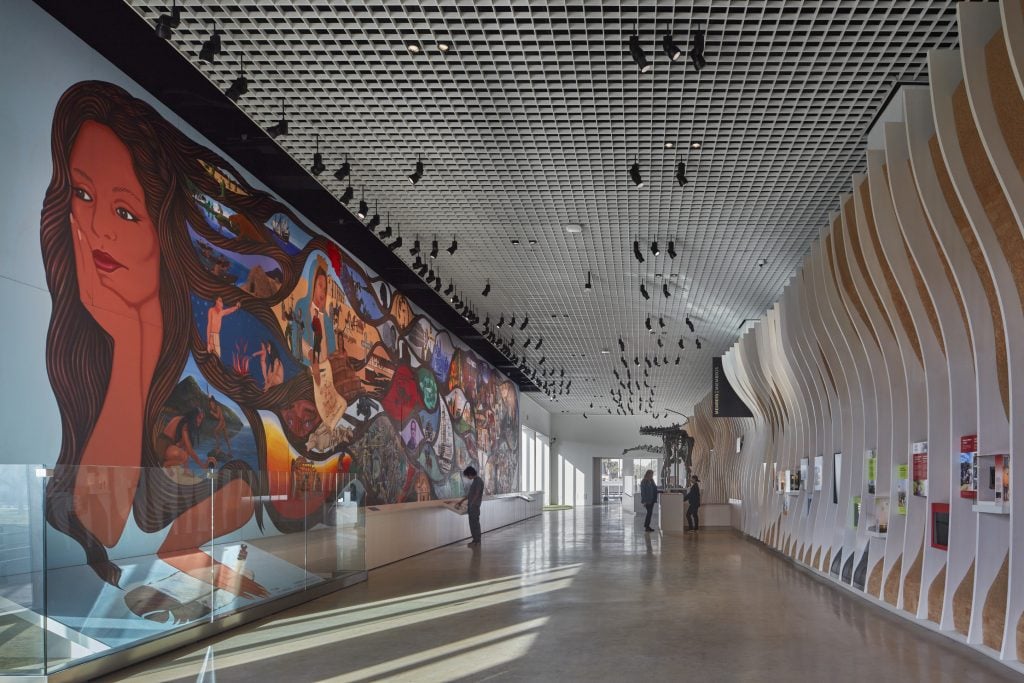
Judith Perlstein Welcome Center. Photo courtesy of the Natural History Museums of Los Angeles County © Benny Chan.
The day after opening, the museum will debut the film T.Rex 3D to share its latest research into the notorious terrible lizard, narrated by Sam Neill of Jurassic Park fame, followed by a new show featuring prehistoric and contemporary sea creature puppets on November 23.
“The Commons is a community space that allows us also to showcase some of our work that has been very community-based,” Chiappe said. “Hundreds of people over the years went to collect Gnatalie. The Carrasco mural also engaged lots of artists. So, the Commons is really a reflection of the community-based work that the museum does.”

